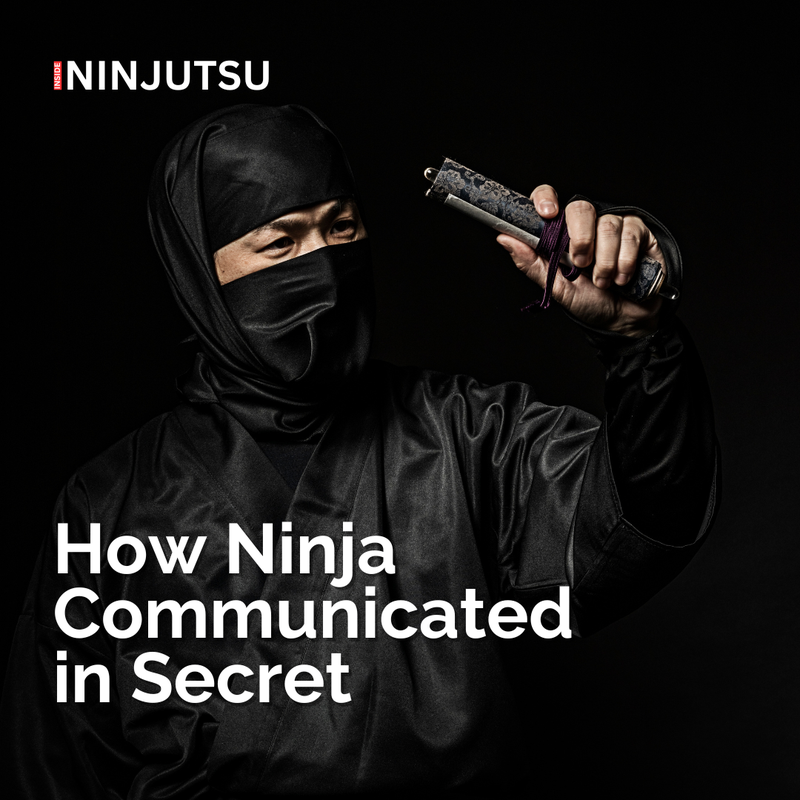
Katori Shintō-Ryū Ninjutsu
The Art of Countering Shinobi Tactics
Tenshin Shōden Katori Shintō-Ryū is one of Japan’s oldest martial arts traditions, dating back to the 15th century. Founded by Iizasa Choisai, a formidable warrior known for his unmatched martial prowess, the style represents a comprehensive system of bujutsu that has stood the test of time. While Katori Shintō-Ryū is renowned for its swordsmanship, spear techniques, and unarmed combat, it also retains knowledge of ninjutsu, the art of espionage and guerrilla tactics—though with a unique perspective.
Katori Shintō-Ryū emerged during a period of great upheaval, a time when Japan was ravaged by civil war and lords employed ninja to gather intelligence, sabotage rivals, and conduct covert operations. Although the school did not train shinobi, it maintained an understanding of ninjutsu, primarily as a means of countering these stealthy operatives.

In Katori Shintō-Ryū: Warrior Tradition, Risuke Ōtake explains that ninjutsu, as preserved in Katori Shintō-Ryū, is divided into two main categories: overt and covert activities. This includes techniques for psychological manipulation, infiltration, and escape tactics—methods used to deceive or disrupt enemy forces. The art passed down within Katori Shintō-Ryū, however, focuses on recognizing and neutralizing these ninja strategies.
One key principle of ninjutsu, for instance, is the careful consideration of the environment. A shinobi would never attempt to infiltrate enemy territory on a moonlit night, where they could easily be seen. Similarly, ninja would rub ash or charcoal on their skin to reduce shine and avoid detection in dim lighting. Katori Shintō-Ryū practitioners, knowledgeable of these techniques, are trained to see through these deceptive tactics, recognizing the signs of an enemy ninja’s approach.
Psychological warfare also plays a vital role in ninjutsu. Ninja would often exploit moments of relaxed vigilance or sleep to execute their missions. They might release mice in a samurai camp to create chaos, using the resulting confusion to sneak into secure areas. However, Katori Shintō-Ryū fighters, aware of these tricks, are trained to remain alert during such disturbances.
Ninja also made use of unconventional climbing methods, such as using wet cloths to scale trees, hiding among the branches to evade detection. By understanding these techniques, Katori Shintō-Ryū practitioners are better equipped to track and confront ninja in their own element.
One classic defensive tactic is avoiding pursuit barefoot. Ninja often scattered caltrops—small spiked objects designed to wound the feet of their pursuers. This knowledge informs samurai of the school, who are advised to be cautious and wear footwear while chasing potential infiltrators.
In essence, the ninjutsu of Katori Shintō-Ryū is not about training students to become shinobi but to understand and neutralize ninja strategies. It emphasizes knowing the enemy's methods and countering them with precision, discipline, and awareness. The tradition passed down by Iizasa Choisai provides a rare glimpse into the dual nature of warfare during Japan’s feudal period—where combat wasn’t just fought on the battlefield, but in the shadows as well.





